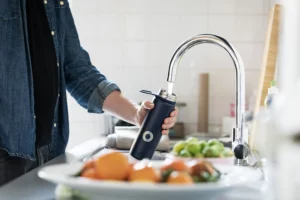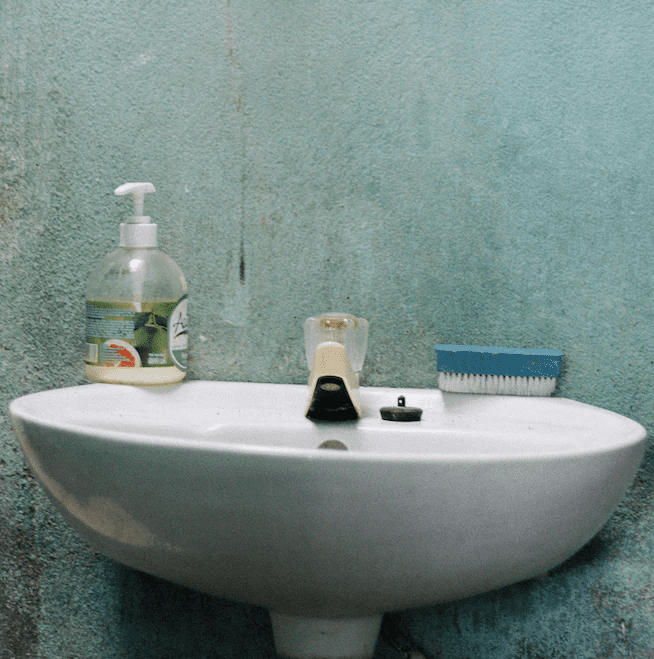4th-grade science books taught us that approximately 60% of the adult human body is composed of water. So it is easy to say that water does more than quench your thirst; it is what makes life happen. Almost all of your body’s systems require water to function normally.
5th-grade science books opened us up to the fact that our body loses its water content through breathing, sweating, perspiration, urination, and even bowel movements. And by consuming the minimum daily requirement, i.e., 11.5 for women and 15.5 for men, we are refilling the reservoir that lets our body survive.
The water we drink comes from several different sources.
Earth is composed of 72% of water. Most of it is not suitable for human consumption. 97% is salt water, and 2% is frozen. That leaves only 1% for us. As the population is growing, fresh water is challenging to attain.
Many people consume well water, especially in rural areas and those with private wells in their backyards. There is no guarantee of the safety of healthy water as it can get contaminated by natural minerals or different chemicals. Boiling it is positively the best way for purification.
A spring forms when rain and melted snow collect as groundwater in porous rocks known as aquifers. It is so dense with minerals that you can meet the daily recommended intake of certain nutrients just by consuming it.
The cistern is a reservoir of water that is the best way to store and reuse rainwater. These are water tanks made of concrete, steel, wood, or fiberglass. It requires routine cleaning to avoid contamination.
While building a new project, it is crucial to focus on its plumbing design, materials, operation, and water use pattern as they directly impact drinking water quality. Copper pipes with lead-based joints are the best option, but water needs to be checked regularly for copper particles. Other metal-based pipes and fixtures also contain heavy metals, which may affect our health. Thus, people are switching to plastic pipes such as PVC, CPVC, or PEX, which are also safe and durable options.
Our water might be infested with many contaminants we are unaware of.
We are concerned about our hygiene, pollution, and contaminated food, but we ignore the water we drink. We forget that the water we consume daily can be the habitat for many contaminants that can threaten acute and chronic health. Conditions. EPA, i.e., the Environmental Protection Agency, holds the authority to ensure water purity and set the limits of different contaminants. Treated water doesn’t mean it is entirely free of contaminants, but it does mean it contains them in safe quantities.
Steroid hormones, such as androstenedione, progesterone, testosterone, estradiol, and glucoside, have been found in a sample of drinking water. These micropollutants get into the water through wastewater and threaten our health.
Bacteria and parasites may enter the water through fecal matter. Industrial waste is one of the most common causes of exposing water to dangerous chemicals. Spray used on crops is another source.
Fertilizers contain nitrates that can get infused into the water when it comes into contact with the land. Natural deposits of minerals present underground can introduce certain minerals into the water. Improper disposal or pollution is also the cause of mineral contamination.
Leaching of lead in water happens through old lead plumbing systems.

There are several methods to test your water for contaminants.
The best way to check for contaminants is to get your water professionally tested.
Cloudiness or turbidity in water is due to pathogens. Hard water, a sign of contamination, makes your hands feel slimy. Brownish, yellowish-colored water or regular water with a tinge of greenish or bluish color indicates metals. Bleach-like smell suggests excess chlorine. A fishy smell means barium or cadmium in the water. Metallic taste indicates water has too much copper, zinc, manganese, or iron.
Spring water is the healthiest choice if stored and sourced in a maintained environment. On the other hand, drinking water obtained from other sources is exposed to several contaminants, some of which are invisible to the naked eye. Avoiding this is almost impossible. However, you can always boil water to wash away any doubts about the examination.

